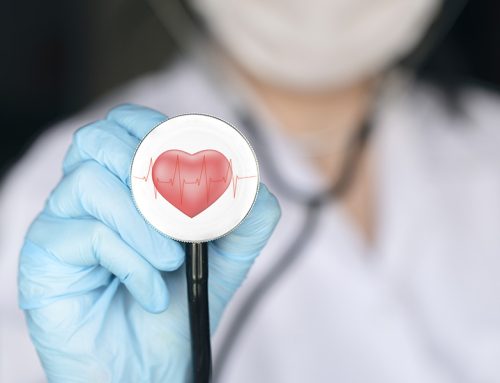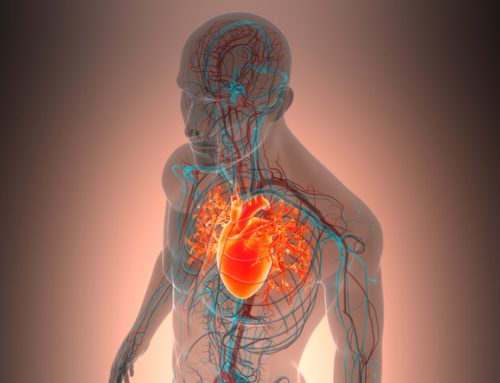
Louis Pasteur, 1822 – 1895, French chemist and microbiologist. Pasteur insisted on scientific rigor as the only basis for claims.
Photo published before 1923 and in the public domain in the US.
Lately, I have been reading a biography of Louis Pasteur (1). In it, Rene Dubos reports that Pasteur’s passion for science and scientific results often caused Pasteur to be upset with people who responded to his experimental results with speeches and claims (p. 74). Pasteur wanted every bio-medical claim to be based solely on precise facts, official reports, and evaluations by the most competent experts (p. 72).
More research on ubiquinol! Please.
Today, we need fewer marketing claims about the ubiquinol form of Coenzyme Q10 and more results from solid research studies. It is the old familiar problem in the pharmaceutical industry: too much money spent on marketing, too little money spent on research.
Randomized controlled trials
In particular, what we need is randomized, double blind, placebo-controlled studies of the effects of taking Coenzyme Q10 in its reduced ubiquinol form. I can find lots of marketing claims for the reduced form of Q10, and I can see that some absorption studies have been done. But I cannot find any studies of the efficacy of the ubiquinol form that can begin to compare with the results of the following randomized double-blind placebo-controlled studies of ubiquinone supplementation:
- the Q-Symbio study of ubiquinone and heart failure patients
- the Morisco multi-center study of ubiquinone and heart failure patients
- the Swedish study of ubiquinone and selenium for healthy elderly citizens
- the Gulf War Veterans study
Unsubstantiated claims for the ubiquinol form
Recently, I read a blog post extolling the virtues of Q10 supplements in the ubiquinol form. Two statements in the blog brought me up short.
One was the claim, once again, that the ubiquinol form of Q10 is absorbed better than the ubiquinone form. The other was the incorrect claim that the ubiquinol form of Q10 is needed for energy synthesis.
Absorption important; effect of Q10 more important
Actually, not all studies show ubiquinol being absorbed better than ubiquinone. And not all comparisons of absorption are meaningful. Sending your best ubiquinol product out to compete against poorly absorbed versions of ubiquinone (in dry powder form as opposed to crystal-free lipid-based preparations) does not prove much. Comparing absorption in elderly or unhealthy individuals with absorption in younger or healthy individuals is misleading.

Indiana University Medical School professor: 21 years
Critical Care Cardiology: 12 years
SIBR Research Inc: 15 years
CoQ10 Research: 40 years
When asked, Dr. William Judy of the SIBR Institute said: There is no scientifically logical reason why the ubiquinol form should be absorbed more easily than ubiquinone form of Q10, … and, … notice, … there is no reason given in the marketing claims for ubiquinol absorption. If anything, the larger ubiquinol molecule could be more difficult to absorb. … There is no reason to think that adding two hydrogen ions to the head of the ubiquinone molecule would make the molecule into a water-soluble molecule, and, … even if it did, molecules with more than 10 carbon atoms in its structure cannot be absorbed as water soluble molecules. … But, never mind, we know that ingested ubiquinol is converted to ubiquinone in the stomach and small intestine prior to absorption.
The further point is that … yes … it is important to know that a particular Q10 supplement is well absorbed … but … the most important thing to know is that the Q10 supplement has had statistically significant effects compared to placebo.
Show us some beneficial effects
Simply put, documented beneficial effects will always trump documented absorption data. The effects of taking a ubiquinone Q10 supplement are well documented by now:
- Improved symptoms and quality of life
- Improved mortality
- Fewer adverse cardiovascular events
- Fewer hospitalizations
Ubiquinone form of Q10 necessary for cellular energy production
Indisputably, it is the ubiquinone Q10 form – the form that the body itself synthesizes — that is necessary for cellular energy production. The ubiquinol QH2 form is a by-product of the energy production process in the cells. Let me repeat that for emphasis: only the ubiquinone form is synthesized in the body. The ubiquinol form is not synthesized in the body. It is formed from the ubiquinone form in redox reactions that take place all over the body.
Dr. William Judy of the SIBR Institute (see photo) has explained the process of energy production in the cells (2). In the electron transport chain in that process, electrons have to be shuttled across the inner membrane of the mitochondria. The form of Q10 that does this shuttling of electrons has to be an electron acceptor. Only the ubiquinone form is an electron acceptor and can do this.
The ubiquinol form is an electron donor — it gives up electrons – which is what permits it to act as an antioxidant to neutralize super-oxides and free radicals.
Both forms of Q10 vital
The ubiquinone form of Q10 is important for the synthesis of energy at the cellular level. Dr. Judy and Dr. Mortensen – and Dr. Folkers – considered that, at its most basic level, heart failure is the consequence of cellular energy starvation caused by an inadequate supply of ubiquinone Q10.
The ubiquinol form, with electrons to give up, is an antioxidant posed to neutralize free radicals in the cells, which could otherwise start a chain reaction and cause oxidative damage.
Recent changes in the ubiquinol marketing claims
Dr. Judy told me that he has seen many changes, in the years from 2007 to 2015, in the marketing claims for the ubiquinol products. Here, below, are some of the modifications that the producers and the sellers of ubiquinol have made in their marketing claims.
2007 (unsubstantiated): Ubiquinol is the bio-active form of CoQ10 that the body prefers. Ubiquinone has to be converted to ubiquinol in the body to become active.
2015 (modified): Both ubiquinone and ubiquinol are bio-active in humans, ubiquinone as an energizer and ubiquinol as an antioxidant.
2007 (unsubstantiated): The body synthesizes ubiquinol in a multiple series of chemical events.
2015 (modified): Ubiquinol is produced when the head of the ubiquinone molecule accepts two more electrons together with two hydrogen ions.
2007 (unsubstantiated): Commercial ubiquinol is stable and will not convert to the ubiquinone form.
2015 (modified): Ubiquinol is unstable outside the gelatin capsule and will convert to ubiquinone in the stomach or upon exposure to air.
2007 (unsubstantiated): Ubiquinol is an antioxidant, and it is also essential for energy synthesis.
2015 (modified): Ubiquinol is a potent antioxidant; it is a by-product of the synthesis of energy process involving ubiquinone.
2007 (unsubstantiated): Ubiquinol is 800% more bio-available than ubiquinone. (with no mention that the comparison is with very poorly absorbed dry powder Q10)
2015 (modified): Ubiquinol is 200-800 % more absorbable than ubiquinone. (Actually, Dr. Judy at SIBR has done studies that show that a crystal free lipid-based ubiquinone product is absorbed better than a leading ubiquinol product.)
2007 (unsubstantiated): Ubiquinol is produced in the outer membrane of the mitochondria.
2015 (modified): Ubiquinol is converted from ubiquinone all over the body.
Ethnic variation in the Q10-QH2 conversion
Finally, there is the marketing claim that everyone over the age of 45 should take a Q10 supplement in the form of ubiquinol. This claim is still being made even though the available evidence shows that only 4-5 percent of the Caucasian and African-American populations and approximately 15 percent of the Mexican-American population may have difficulty converting ubiquinone to ubiquinol after the age of 45 (3).
What it comes down to
We need more well-designed studies accepted and published in peer-reviewed journals. Unsubstantiated marketing claims for ubiquinol, even those with lists of sources at the bottom of them, must surely be making Louis Pasteur turn over in his grave. The research results for the ubiquinone form are, at this stage of the research and development of Coenzyme Q10 products, much more impressive that the marketing claims for the ubiquinol form are.
Sources:
Dubos, Rene. (1950). Louis Pasteur: Free Lance of Science. Boston: Little, Brown.
Judy, W.V., Stogsdill, W.W., Judy, D.S., & Judy, J.S. (2007). Coenzyme Q10: Facts or Fabrications? Natural Products Insider. Retrieved from http://www.zmc-usa.com/docs/CoQ10_Facts_or_Fabrications.pdf
Kelsey K. T., Ross D ., Traver R.D . et al. (1997). Ethnic variation in the prevalence of a common NAD(P)H:quinone oxidoreductase polymorphism and its implications for anticancer chemotherapy. Br J Cancer 1997;76:852–854.








Leave A Comment